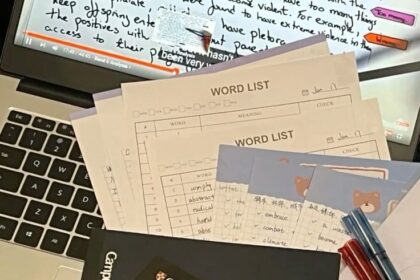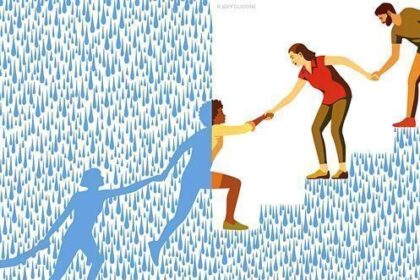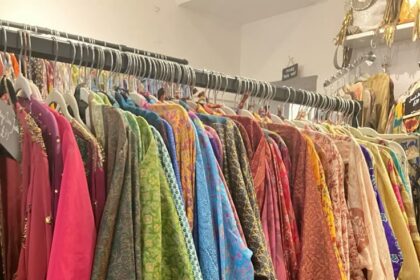Pakistani media: the shows are blaring on everyone’s televisions and capturing audiences in the millions. Melodramatic heroines, charming heroes, and endless banter. However, throughout the dramas that this industry pumps out, comedy seems to branch out from one main thing: the generalisation of communities. Stereotypes are stretched and compressed to produce the same scripts. These dramas continue to introduce side characters based on the different ethnic groups of Pakistan, yet never delve deeper into the cultural significance of each role. Comedy is seen in the outburst of a hot-headed Pathan rickshaw driver. Laughter erupts when a frilly, vibrant Punjabi woman gives her very taunting yet very necessary one-liner. From Balochis with wispy moustaches to loud and red-toothed Muhajirs, each group has a classic, recognisable, yet extensively overused punchline.
Research Proves It:
Each of these characters is based on, developed from, and portrayed through their surface features. Their roles are never developed, nor is the need to do so present. The industry continues to pump out comical pieces at the expense of the misrepresentation of these communities. In turn, they also continue to fuel communal indifference and reinforce provincial boundaries. The University of Lahore conducted a study on its students titled “Ethnic Stereotyping in Pakistani Dramas: University Students’ Perceptions and the Impact on Inter-Provincial Identity.” 200 students were drawn from different provinces, all asked to give their opinions to aid research regarding how the representation of ethnic minorities in television affects their perspective. It quotes, “Some such prejudices are the character of Pathans as domestic help in Punjabi homes, Sindhis as illiterate male chauvinists who oppress women, and Balochis were shown as unwise and easily dominated due to their illiteracy.”
Their Stories Deserve Better:
It’s clear how misrepresentation leads to misidentification, and with millions tuning in every night to watch these shows, the change is subtle but ever-present. These characters come from rich backgrounds and histories, but writers continue to give them a generalised one-lane mindset that does an inadequate job of representing the individual thoughts of a person or community. Not every Punjabi thinks the same, not every Pathan carries the same values, and not every Sindhi is driven by the same intent. Each is their own person, deserving of being the main lead of their own stories. This means incorporating language, cuisine, culture, and ethics, not just dupattas and overly done accents.
What Needs to Change:
This problem may seem small, but targeting it will improve and diversify Pakistani media. Stories written and branched out from each unique perspective provide insight and drive empathy. Audiences should push for better and higher-quality dramas and shows, and writers should start thinking out of the box. Not to say that our current array of shows doesn’t have gems that capture the essence of each culture and province, but to say that comedy should stop exploiting stereotypes and focus on better sources. We’ll get happier audiences, better shows, and less communal divide.
















